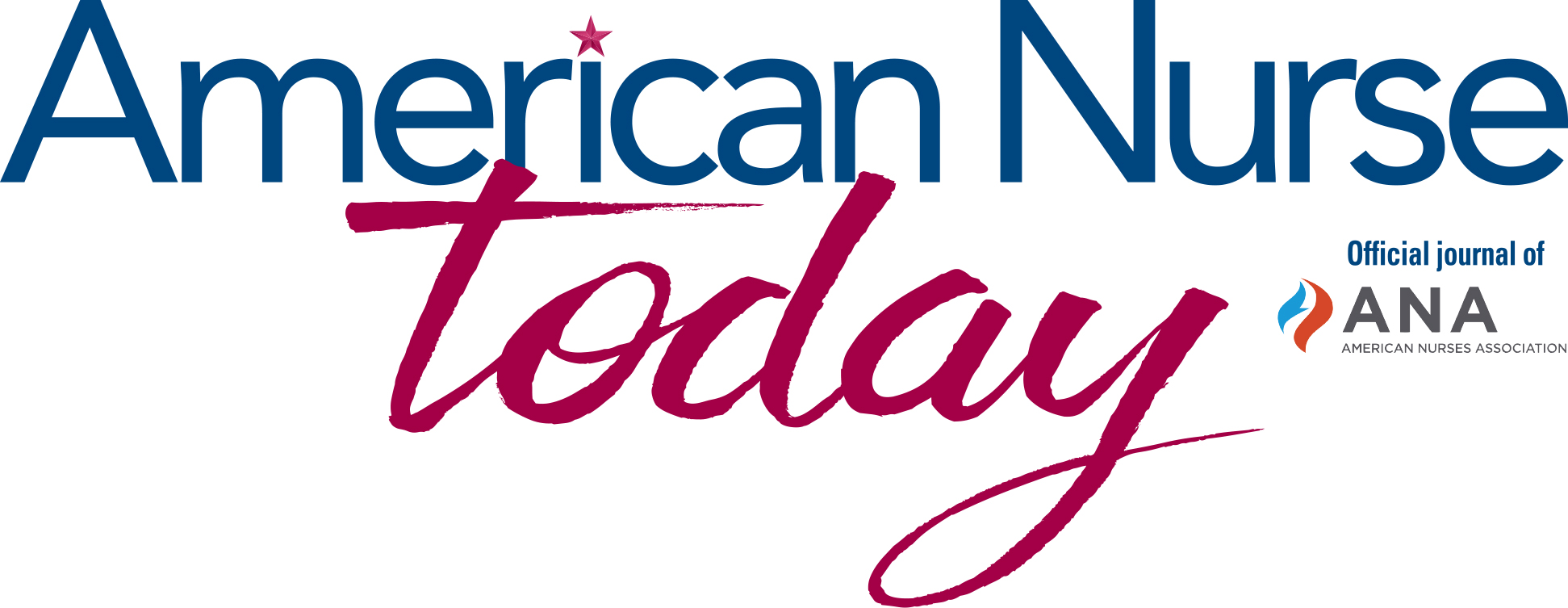The National Quality Strategy (NQS) for Quality Improvement in Health Care, established by the U.S. Department of Health and Human Services (HHS), is the nation’s healthcare-performance improvement guiding document to achieve better outcomes that are important to patients, families, and communities. A NQS priority area in which nurses make significant contributions is care coordination. Quality measures, while they don’t directly improve outcomes, are important tools providing data for use in performance improvement. They are employed strategically in accountability incentive programs, such as transparent public reporting and pay-for-quality.
Since 2011, persistent gaps in care coordination measures for accountability have been identified in each of the NQS annual reports. The American Nurses Association (ANA) is an active participant and quality leader representing nursing in the National Quality Measurement Enterprise (NQME). The NQME consists of organizations that develop state-of-the-science measures, evaluate and endorse rigorous measures, recommend prioritized existing measures for use by HHS, and identify strategies to fill important measure gaps. ANA provides leadership and measure-development expertise through its National Database of Nursing Quality Indicators® to effectively address the urgent call to fill the nation’s care coordination measure gaps.
ANA leadership: Closing care coordination measure gaps
In April 2013, ANA convened its inaugural bilevel professional issues panel, the Care Coordination Quality Measures Panel, to address important gaps in available care coordination measures. The 12-member expert Steering Committee was charged with developing a framework for measuring nurses’ contributions to care coordination. In addition, ANA convened the panel’s Advisory Committee to respond to opportunities to comment on and contribute to the Steering Committee’s work through the lens of nurses functioning in varied care coordination roles. The Steering Committee established an organizing framework, ANA’s Framework for Measuring Nurses’ Contributions to Care Coordination, which captures nurses’ role in delivering high-value care coordination. The Framework informs the NQME in the NQS priority area, “promoting effective communication and coordination of care.”
The Framework was developed by capitalizing on three of ANA’s core strengths: convening, consensus-building, and drawing on the rich expertise of ANA’s core constituencies—state nurses associations, organizational affiliates, and individual members. As the panel cochair, ANA member Ellen Kurtzman, MPH, RN, FAAN, shared her considerable expertise in framework development and care-coordination measurement, including transitional care. She was a major contributor to the Framework and the underlying evidence. The Framework is an important contribution for use across the NQME.
Care coordination: An ANA priority
ANA is deeply committed to improving patient outcomes and reducing healthcare costs through care coordination—the “deliberate organization of patient care activities between two or more participants (including the patient) involved in a patient’s care to facilitate the appropriate delivery of healthcare services” (McDonald, et al.). Care coordination is one of six priorities that guide the nation’s plan for improving healthcare quality—that is, better care, healthier people and communities, and lower cost—under the NQS. Collaboration among all stakeholders is a precondition for achieving these broad goals and the priorities that drive them. It will take the combined effort of engaged patients, caregivers, and consumer advocates; knowledgeable employers, purchasers, and public and private payers; and committed and skillful healthcare practitioners and providers. Achieving the NQS and its vision depends on nurses—the single largest segment of the healthcare workforce.
Nurses are integral to the delivery of higher-quality care coordination. The profession drives care processes that improve patients’ outcomes and facilitate effective interprofessional collaboration, while stewarding the efficient and effective use of healthcare resources. From the perspective of ANA’s Nursing: Scope and Standards of Practice (2nd ed.), accountability across patient populations and settings—a component of care coordination—is clearly delineated as part of nurses’ responsibilities and is a core professional standard of practice. Both anecdote and evidence demonstrate nurses’ contributions in delivering and improving effective care coordination; however, there are no universally accepted measures for quantifying those contributions. Since care coordination is a collaborative process for which nurses assume specific accountabilities, a framework that articulates nursing’s unique contributions to care coordination and enables all stakeholders to systematically quantify, assess, and evaluate those contributions is an urgent component to achieving the NQS.
The Framework for Measuring Nurses’ Contributions to Care Coordination responds to this urgent call. This report is the third in a series of ANA policy documents addressing care coordination, and presents the Framework by explaining its origin, detailing its component parts, and illustrating how it combines to inform quality measurement and improve care within the broader healthcare environment. The report’s supplements are intended to provide additional information and a summary of the supporting evidence base.
A dynamic roadmap
The Framework represents a first step in identifying and quantifying the aspects of care coordination driven by nurses, and lays out a conceptualization—based on evidence—that describes nursing’s role in achieving higher-quality care coordination. However, the Framework extends beyond mere conceptualization. By providing a rubric for how this conceptualization can be operationalized, it offers a roadmap for a performance measurement and accountability system that describes nurses’ contributions to care coordination.
The Framework serves as a conceptual model for identifying nurses’ important contributions to care coordination and approaches in measuring those contributions within the larger healthcare and measurement contexts. It is intended to begin to describe the unique ways in which nurses contribute to coordinated care and to demonstrate the approach consumers, nurses and other practitioners, professional organizations, employers and payers, and the broader healthcare community should take to evaluate and assure those contributions.
In its entirety, ANA’s Framework is composed of three elements:
- guiding principles, which present an idealized conceptualization of the Framework and ground it in a common worldview
- structural components, which provide a graphic tool for cataloguing and prioritizing existing measures, identifying measurement gaps, and identifying concepts for new measure development
- measurement context, which offers a descriptive illustration and conceptual marker of the significant role the environment plays in nurses’ abilities to effectively improve care coordination.
In summary, the Framework provides a dynamic roadmap that can be used to identify prioritized measures of care coordination as well as concepts for new measure development, which reflect nurses’ unique roles, strengthen system accountabilities, and benefit patients and the health system. Additionally, the Framework can be used to paint a portrait of the measurement environment and establish priorities for short- and long-term measure development to fill persistent critical measure gaps. Ultimately, it provides a useful rubric for identifying meaningful existing measures and concepts for promising future measures that capture nurses’ contributions to care coordination.
ANA’s Framework for Measuring Nurses’ Contributions to Care Coordination can be accessed at http://nursingworld.org/Framework-for-Measuring-Nurses-Contributions-to-Care-Coordination.
Selected references
McDonald KM, Sundaram V, Bravata, DM, et al. Care coordination.
In Shojania KG, McDonald KM, Wachter RM, Owens DK, eds. Closing the Quality Gap: A Critical Analysis of Quality Improvement Strategies. 2007. Technical Review 9). AHRQ Publication No. 04(07)-0051-6. Rockville, MD: Agency for Healthcare Research and Quality. January 2007. www.ahrq.gov/professionals/systems/long-term-care/resources/
coordination/atlas/chapter2.html. Accessed February 4, 2014.
National Quality Strategy for Quality Improvement in Health Care. 2013 NQS National Annual Progress Report to Congress. www.ahrq.gov/workingforquality/nqs/nqs2013annlrpt.pdf. Accessed February 4, 2014.
Maureen Dailey is a senior policy fellow and Cheryl Peterson is the senior director for Nursing Programs at ANA.














